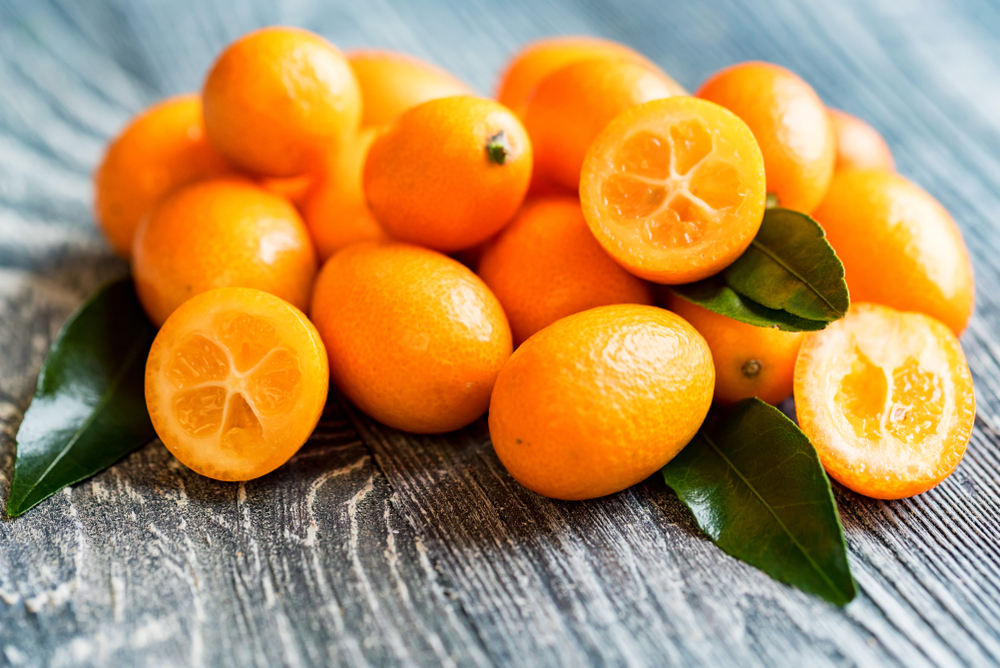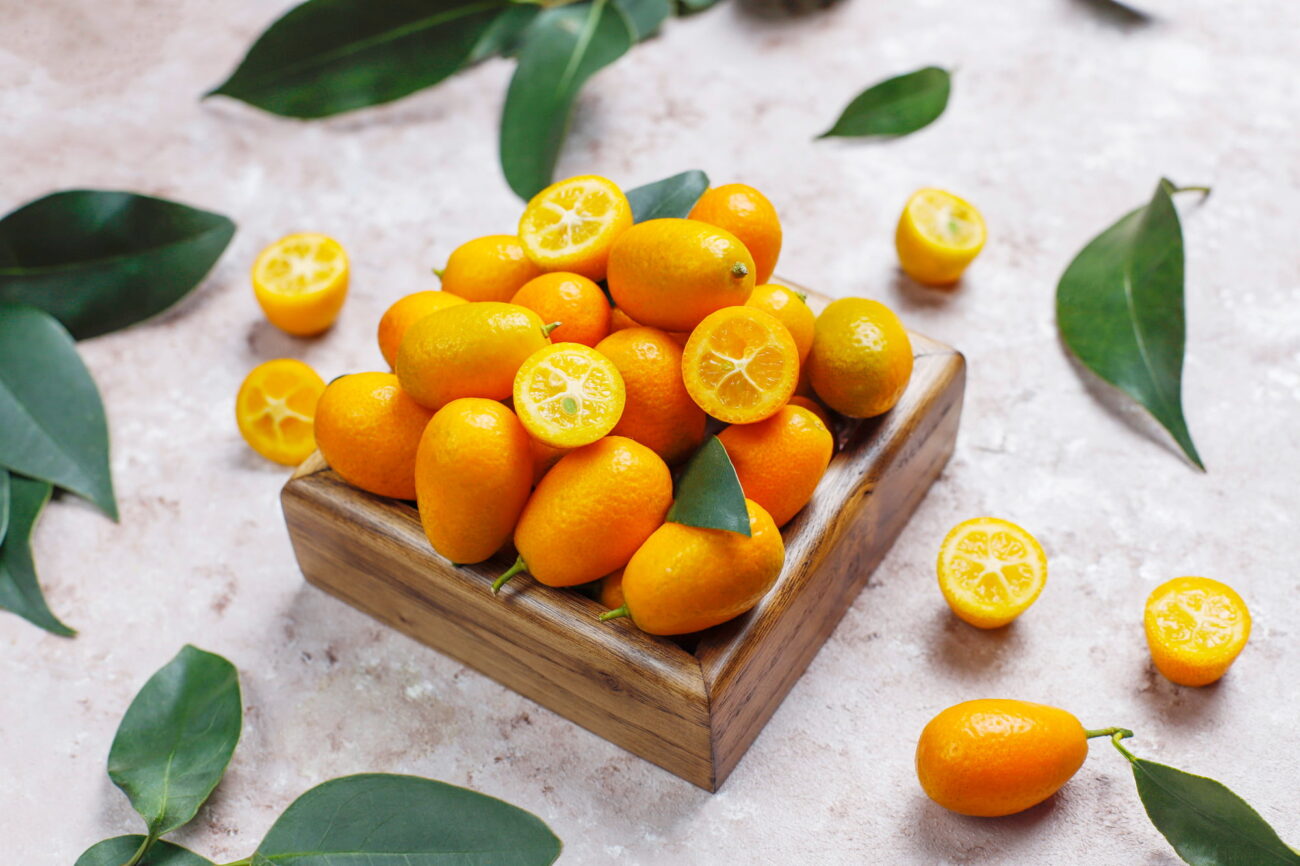Kumquats may be small, but these vibrant, tangy fruits pack a powerful punch of flavor and nutrition. Native to East Asia and now grown worldwide, kumquats are unique among citrus fruits because you eat them whole—peel and all. While they’re often overlooked in mainstream diets, kumquats offer impressive health benefits and culinary versatility.
Let’s explore why this tiny fruit deserves a spot in your kitchen—and when it might not be the best choice.
What Is a Kumquat?
Kumquats are small, oval-shaped citrus fruits, typically about the size of a large olive. They belong to the genus Fortunella and resemble mini oranges, but with a sweeter edible peel and tart, tangy pulp. Unlike other citrus fruits, kumquats are often eaten whole—offering a unique blend of sweet and sour in each bite.
Varieties include:
- Nagami kumquat – Oval, tart inside with a sweet peel
- Meiwa kumquat – Rounder and sweeter overall, often preferred for fresh eating
Health Benefits of Kumquat
🍊 1. Rich in Antioxidants
Kumquats are loaded with flavonoids, vitamin C, and carotenoids—all of which help fight oxidative stress, reduce inflammation, and may lower the risk of chronic diseases.
💪 2. Immune-Boosting
With more vitamin C per bite than many larger citrus fruits, kumquats support immune health, help the body fight infections, and aid wound healing.
🌾 3. High in Fiber
Eating the whole fruit—including the peel—means you get both soluble and insoluble fiber, which helps regulate digestion, reduce cholesterol, and manage blood sugar spikes.
💖 4. Heart Health Support
The antioxidants and fiber in kumquats support healthy cholesterol levels and blood pressure. Potassium content also contributes to cardiovascular balance.
⚖️ 5. Low in Calories, High in Nutrients
A handful of kumquats (about 5-6 fruits) contains around 70 calories, but delivers fiber, vitamin C, A, and beneficial plant compounds—making them an ideal healthy snack.
How to Enjoy Kumquats: Recommendations
- Eat Fresh: Wash and eat whole. The peel is sweet, while the inside is tart.
- Salads & Salsas: Slice and toss with leafy greens, avocado, or feta for a citrusy punch.
- Marmalade & Jam: Perfect for homemade preserves thanks to their natural pectin.
- Infuse Water or Tea: Add sliced kumquats to warm teas or sparkling water.
- Cooked Dishes: Use in glazes for poultry or fish to add brightness and acidity.
- Desserts: Pair with dark chocolate, use in tarts, or candy them for a gourmet treat.
Pro tip: Roll the kumquat gently between your fingers before eating to soften the peel and balance the flavors.
Contraindications and Cautions
While kumquats are generally safe for most people, here are a few situations to be cautious:
⚠️ 1. Citrus Allergies
Though rare, some people allergic to citrus may react to kumquats. Symptoms may include itching, swelling, or GI upset.
⚠️ 2. Acid Reflux or GERD
Like other citrus fruits, kumquats are highly acidic and may trigger heartburn or acid reflux in sensitive individuals.
⚠️ 3. Excess Sugar in Preserved Forms
Candied kumquats or kumquat jams often contain a lot of added sugar. Eat these in moderation if you have blood sugar concerns or are watching your caloric intake.
⚠️ 4. Interaction with Certain Medications
Kumquats contain compounds similar to other citrus fruits that could, in rare cases, interact with medications metabolized by the liver (like statins or calcium channel blockers). While this is far more likely with grapefruit, if you’re on long-term medications, it’s wise to check with a healthcare provider.

Kumquats are a delightful, zesty addition to a healthy diet. With their edible peel, high fiber content, and rich vitamin profile, they offer a fun, flavorful way to boost your nutrient intake naturally. Whether you eat them fresh, preserved, or cooked, kumquats prove that good things really do come in small packages.
Have you tried kumquats? What’s your favorite way to enjoy them?
Let us know in the comments!

